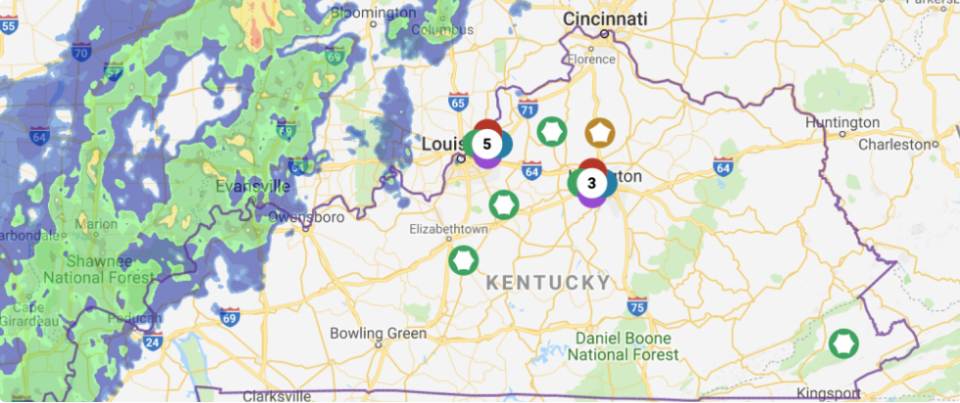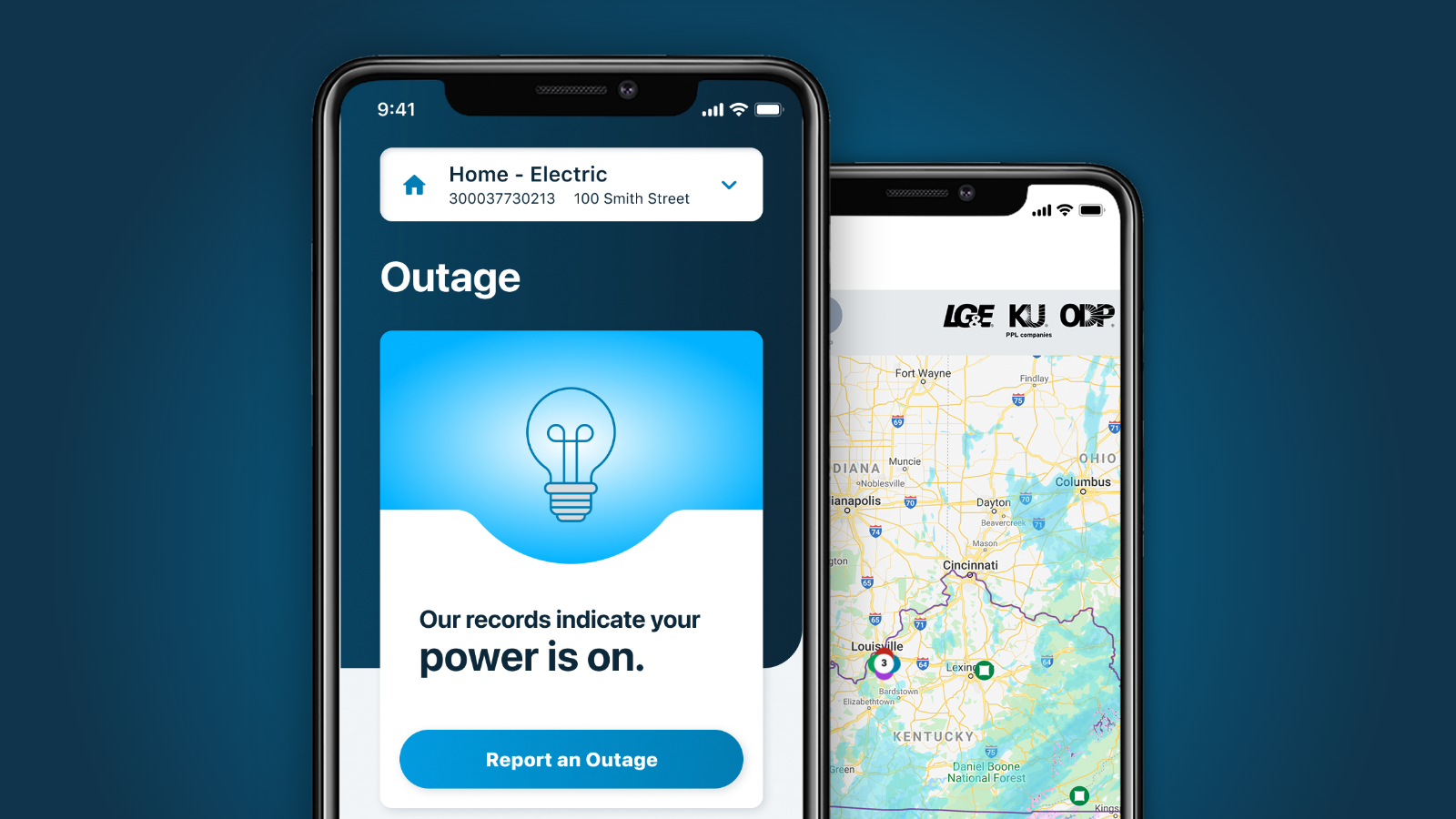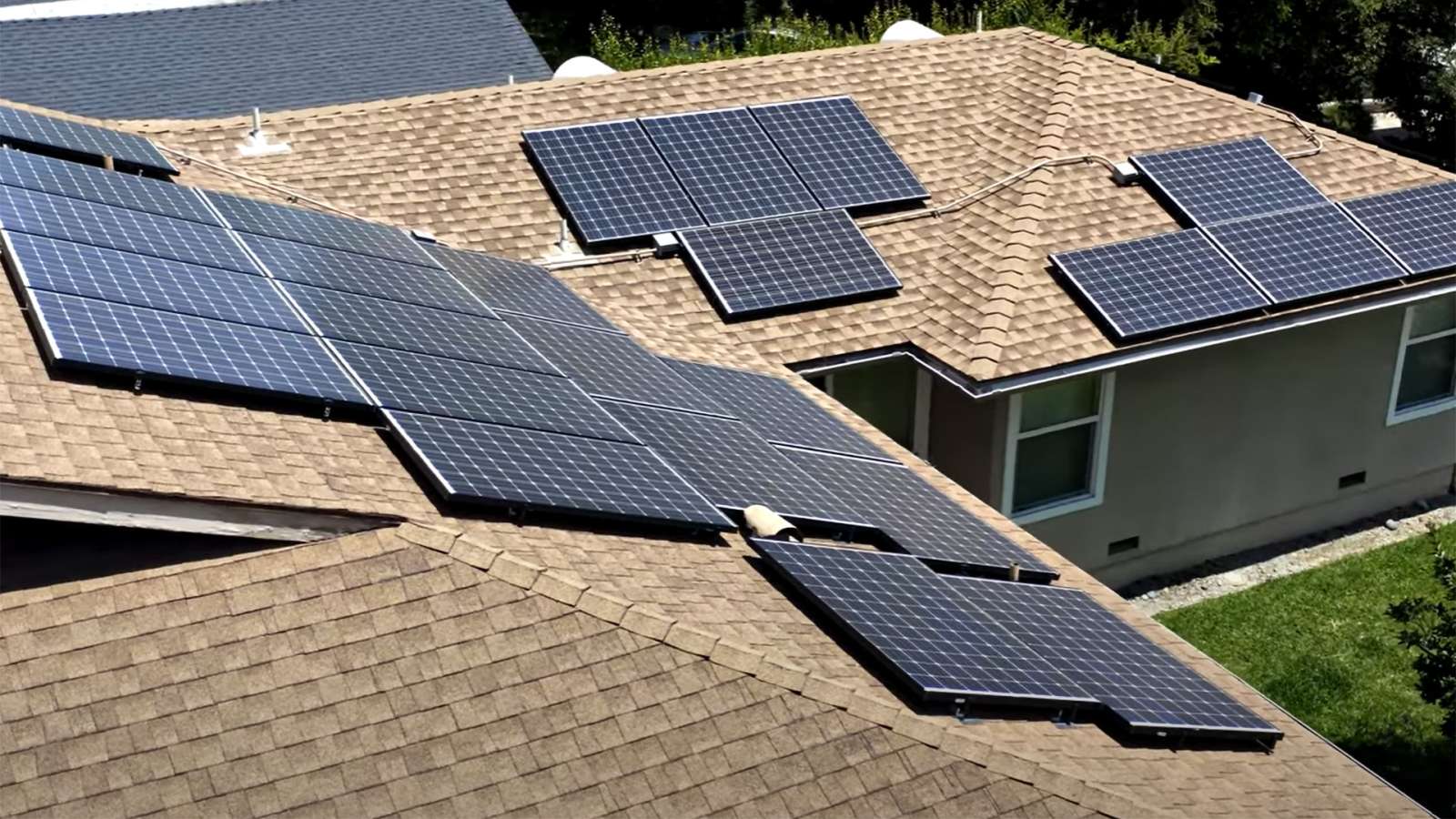If you are a net metering customer, you receive credit for the electricity you generate and supply onto KU’s or LG&E’s distribution system. The kind of credit you receive depends on the date your net metering service with KU or LG&E began, not when your generator was installed.
Customers who began taking net metering service before September 24, 2021, receive energy credits (in kWh) for any energy they produce onto KU’s or LG&E’s distribution system that exceeds the energy they consume from KU or LG&E in each billing period.
- For example, an NMS-1 customer who produces 250 kWh to KU’s or LG&E’s distribution system in a billing period and consumes 150 kWh from KU or LG&E in the same billing period would receive a 100 kWh energy credit to offset the customer’s energy usage in the next billing period.
- Such service is called NMS-1, and the terms of that service are shown on electric tariff Sheet No. 57 for KU and LG&E.
- Learn more about how NMS-1 net metering works.
Customers who began taking net metering service on or after September 24, 2021, receive dollar-denominated bill credits for all energy they produce onto KU’s or LG&E’s distribution system in each billing period regardless of how much energy they consume from KU or LG&E in each billing period.
- For example, assume an NMS-2 customer produces 250 kWh to KU’s or LG&E’s distribution system in a billing period and consumes 150 kWh from KU or LG&E in the same billing period.
- That customer would receive a dollar-denominated bill credit at the NMS-2 rate for the 250 kWh produced.
- KU or LG&E would bill the customer under the appropriate retail rate provisions for the 150 kWh the customer consumed.
- If the dollar-denominated bill credit exceeded the customer’s energy charges—not any other charges—in that billing period, the excess bill credit would carry over to the customer’s next bill to offset energy charges on that bill.
- Such service is called NMS-2, and the terms of that service are shown on electric tariff Sheet No. 58 for KU and LG&E.
- Learn more about how NMS-2 net metering works.
View KU’s and LG&E’s electric tariffs.
In addition to the tariff, note these key points relating to net metering billing:
Many net metering customers have web-based apps that monitor their systems’ total electrical generation. The total electrical generation from your system in kWh indicated on your app will always be more than the amount electrical generation in kWh listed on your utility bill because your home or business will use some of that energy. Your net metering meter provided by KU or LG&E records only the energy you produce that flows onto KU’s or LG&E’s distribution system, not the energy you produce and consume from your own generating system.
Most net metering systems are designed so that electrical energy is first consumed by the residence or business or is used to charge batteries. In each moment, your generating system’s production will go first to meet your energy needs; only the excess—the net energy—will flow through your net metering meter and onto KU’s and LG&E’s distribution system.
Net metering credits never result in cash payments to customers, even if a customer has net metering credits when closing an account. Also, net metering credits do not earn interest.
Net metering credits never offset non-energy charges on a bill (such as gas and basic service charges).
Has your usage (kWh) gone up?
There are many factors that could cause your bill to be higher than expected. Air conditioning, electrical or gas heating, pool pumps, additional residents, and new appliances can all have a significant impact on your utility bill. Seasonal variations in sunlight can have a major impact on utility bills for solar net metering customers. Solar energy production will decline substantially in the late fall and winter when compared to the spring and summer.
Is your solar system performing as designed?
You may need to check with your installer to determine whether your system is producing the amount of energy it was designed to produce.
Do you have accumulated net metering credits?
Note that net metering credits never offset non-energy charges on a bill (such as gas and basic service charges), no matter how many net metering credits you might accumulate over time if your system produces significantly more energy than you consume.
Are you on budget billing?
Budget billing is designed to level out utility costs across the seasons. Therefore, budget billing could reduce expected savings from your electrical generation system in the summer, for example, but could help moderate winter bills.
Was your bill estimated?
Bills can be estimated for a variety of reasons but are then corrected on subsequent meter readings. If the credit you receive for your electrical generation is less than expected, it could be because your usage and generation were estimated instead of being read on your net meter.



